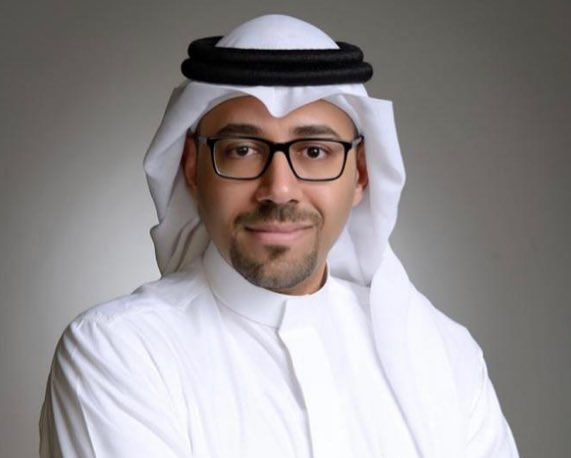
In Vitro Fertilization (IVF)
|
|
|
|

Dr. Mohammed Malak
Consultant Obstetrician & Gynecologist
|

Dr. Reda Khalil
Anesthesiologist
|

Dr. Priyanka Sharma
Embryologist
|

Dr. Kenaz Abuzinadah
Embryologist
|

Ms. Angham Nawar
Medical imaging specialist
|

Ms. Deema Hassouba
Medical imaging specialist
|

Ms. Renad Abuzinadah
Lab Technican
|

Mr. Abdulmajeed Almutairi
Anesthesia Technician
|

Ms. Nisreen alamen
Nurse
|

Ms. Ghaidaa Farea
Nurse
|

Ms. Suha Bahumaidan
Nurse
|

Ms. Reham ALsafi
Receptionist
|

Ms. Ramia Alharbi
Medical Coordinator
|

Ms. Shatha Alshareef
accountant
|
Overview
During the IVF process, eggs removed from the ovaries and
fertilized with treated sperm in the laboratory. The
fertilized egg (embryo) is later placed in the woman’s
womb
These solutions aim not only to maintain the original human structure but to restore and maintain the function of the tissue and organs. In addition, it holds great potential for improving the health and quality of life for millions of people at risk of clinical problems such as infections, cancer, neurodegenerative disorders and trauma, in Saudi Arabia and worldwide.
The unit will imply the 3D-Bioprinting technology to create complex 3D structures that can also be constructed with living cells to create real living tissue and human parts. The produced tissues and parts are entirely functional and mimic the real human body. These bio-products are beneficial clinically as cellular/tissue replacement therapy, or they could be used in research for the testing of cosmetic, chemical, and pharmaceutical materials. In addition, these products could be used for normal and/or disease modelling and understanding normal/diseased physiological process.
Who are the Recommended Cases for IVF
- • Patients diagnosed with unexplained infertility.
- • Women who have blocked fallopian tubes.
- • Cases that are unsuccessful with other techniques like
using fertility drugs or intrauterine insemination (IUI).
- • Failure in conception due to minor degree of male sub
fertility.
- • Recurrent Abortions/Miscarriages (Normal karyotype).
- • Recurrent IVF failure (3/2 or more).
- • Advance Maternal Age (>38/35).
What are the Benefits Associated with the
PGS Screening during the Fertilization Cycle?
-
• Detection of any missing or extra chromosomes.
- • Prevention of diseases syndromes such as Down
Syndrome, Edward Syndrome, and Patau Syndrome.
Who is Recommended to Complete the PGS
Screening During the Fertilization Cycle?
- • Advanced maternal age.
- • For those with low semen quality .
- • For those who have unsuccessful unsuccessful cycles of
In-Vitro Fertilization and repeated miscarriage.
- • Those with a higher risk of developing down
syndrome.
Sperm Freezing Techniques
These techniques are of great benefit to men who have low
sperm count, reduced motility rate or those who receive
chemotherapy that may lead to poor sperm production.
Sperms or testicular tissues taken from the patient are
frozen to be used later
The Success Rate of Fertilization Outside the
Body
During the IVF process, eggs removed from the ovaries and
With the presence of modern techniques and equipment,
the success rate of the operation is much more than the
past, with an average rate of success being %35-20, and all
this with Allah’s willingness. The success rate of fertilization
outside the body depends on several factors such as: the
mother’s age, the cause of infertility, quality of embryos,
previous pregnancy and other factors
|
Last Update
9/16/2021 10:25:51 AM
|
|
|
|